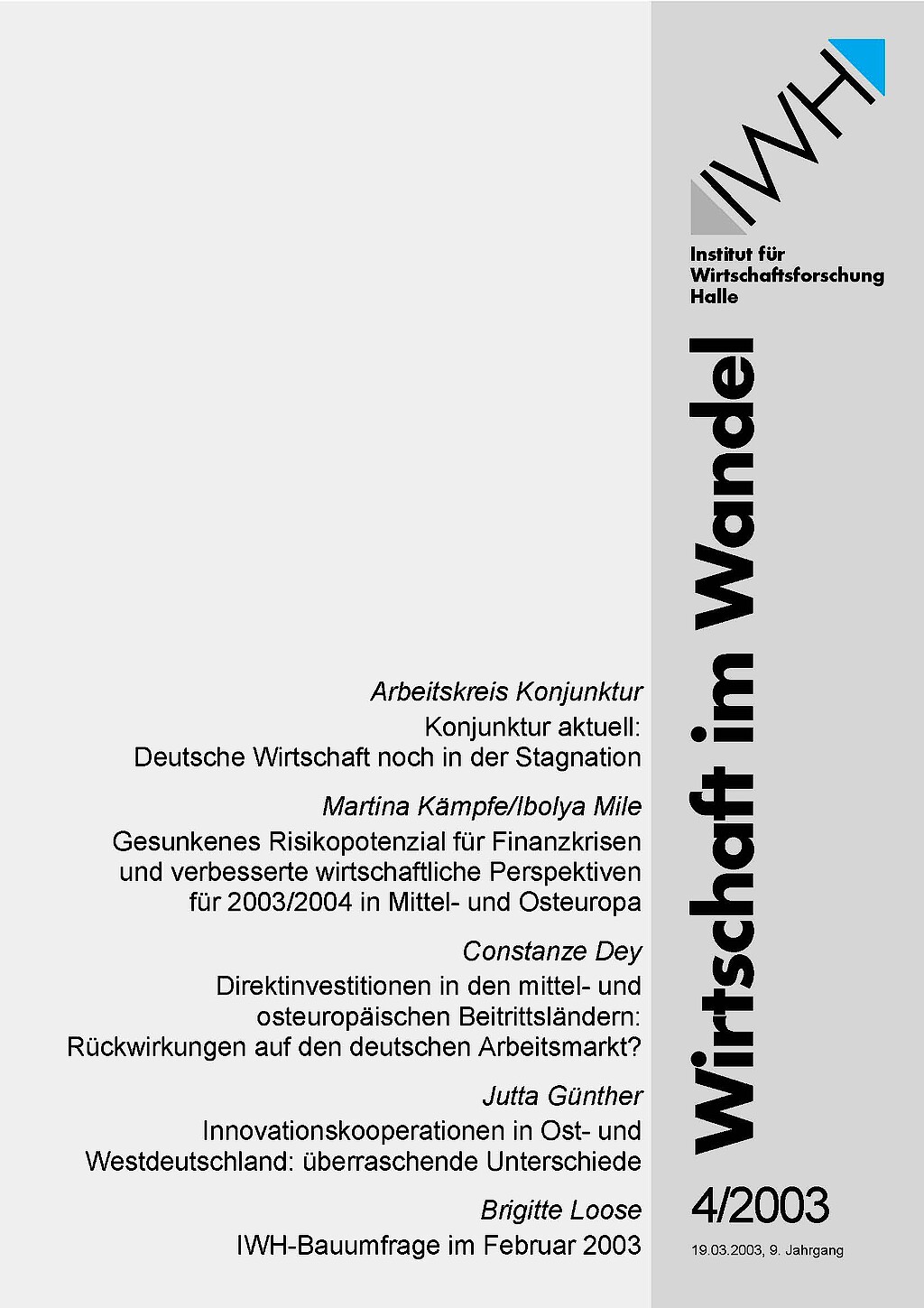
Innovation co-operations in East and West Germany: Surprising differences
Der Beitrag untersucht das Kooperationsverhalten ostdeutscher Unternehmen auf dem Gebiet der Innovation und geht dabei der Frage nach, ob und inwieweit sich kooperierende Unternehmen im Vergleich zu nicht-kooperierenden Unternehmen durch eine stärkere Innovationsaktivität und höhere Produktivität auszeichnen. Die auf der Basis einer Auswertung des Mannheimer Innovationspanels gewonnenen Ergebnisse zeigen, dass - entgegen einem verbreiteten Vorurteil - ostdeutsche Unternehmen im Vergleich zu westdeutschen Unternehmen häufiger kooperieren, und dass die Unterschiede bezüglich der Wahl der Kooperationspartner primär die unterschiedlichen strukturellen Gegebenheiten Ost- und Westdeutschlands widerspiegeln. Kooperierende Unternehmen sind in Ost- und Westdeutschland deutlich innovativer als nicht-kooperierende Unternehmen. Ein Produktivitätsvorsprung kooperierender Unternehmen gegenüber nicht-kooperierenden Unternehmen zeigt sich jedoch nur in Westdeutschland. Ostdeutsche kooperierende Unternehmen verzeichnen sogar eine leicht niedrigere Produktivität als ostdeutsche nicht-kooperierende Unternehmen.




